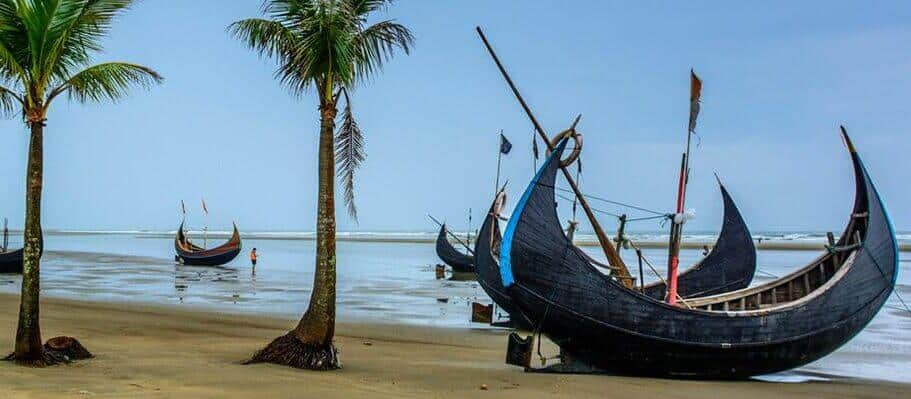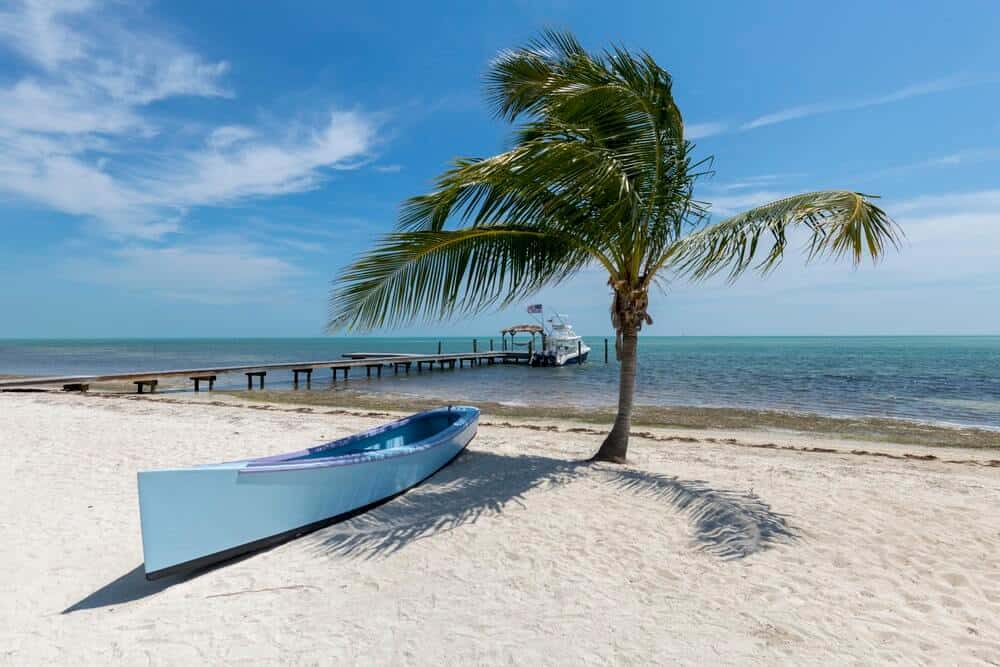Cox’s Bazar is the prime beach and tourist town in Bangladesh, situated alongside the beach of the Bay of Bengal, beside the Indian ocean, having unbroken 120 Kilometer golden sand beach, reachable through motor transport alongside the wavy water . This town is situated in the Chittagong Division in south-eastern Bangladesh,
Cox’s Bazar sea beach is the longest sea beach in the world, 120 km long, having no 2nd instance. The wavy water of Bay of Bengal touches the beach throughout this 120 km.
For Bangladeshi’s it doesn’t get much better than Cox’s Bazar, the country’s most popular beach town than the other one ‘Kuakata beach town. It’s sort of a Cancun of the east. It’s choc-a-bloc with massive well-architectured concrete structures, affluent 5 & 3 star hotels, catering largely to the country’s elite and overseas tourists. The beach is only a bit crowded in tourist season, October to March, especially near the hotel-motel zone, but remains virgin during the rest of the year, April to September, when it’s better to take a trip there.
The part of the 120 km beach is named differently having diversified flora & fauna. It starts with ‘Laboni Beach,’ Sughandha Beach’ within the Cox’s Bazar region and 10 km south is known as ‘Himchari Beach’,30 km fur known as ‘Inani Beach’ and more 70 km off is the ‘Teknaf Beach’. Things should be quieter here, but still expect to draw great attention. The entire 120 km beach can be traveled in one go by motorbike. The more one gets into the south, the more the ocean water becomes blue.
Other attractions for visitors are conch shell market, tribal handicraft, salt and prawn cultivation.
- Himchari: It is about 32 km south of Cox’s Bazar along the beach, a nice place for a picnic and photo-shooting. The famous “Broken Hills” and waterfalls here are rare sights.
- Inani Beach: It is about 32 km south of Cox’s Bazar and just on the beach, with the sea to the west and a background of steep hills to the east. Inani casts a magic spell on those who step into that dreamland. It is only half an hour’s drive from Cox’s Bazar and an ideal place for sea-bathing and a picnic.
- Maheskhali: An island off the coast of Cox’s Bazar. It has an area of 268 square kilometers. Through the centre of the island and along the eastern coast line rises a range of low hills, 300 feet high; but the coast to the west and north is a low-lying treat, fringed by mangrove jungle. In the hills on the coast is built the shrine of Adinath, dedicated to Shiva. By its side on the same hill is a Buddhist Pagoda.
- Ramu: This is a typical Buddhist village, about 16 km from Cox’s Bazar, on the main road to Chittagong. There are monasteries, khyangs and pagodas containing images of Buddha in gold, bronze and other metals inlaid with precious stones.


